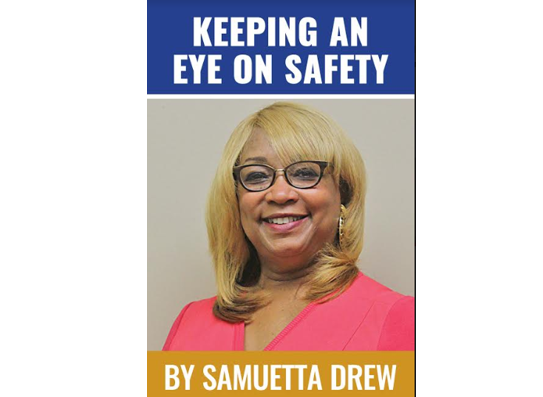Annually we discuss severe weather safety because it is our continuous goal to try and help you mitigate loss of life and/or property. Yes, it appears to be redundant especially in a state such as Alabama because one would believe that Alabamians are pretty severe weather savvy, but unfortunately, they are not. Alabamians are seemingly just the opposite.
Maybe the frequency of severe weather warnings makes them more prone not to take the different types of severe weather conditions seriously. They often believe the weather warnings are not as serious as predicted. This belief can put them often in harm’s way.
With this in mind, let us continue our review of safety tips associated with the different types of severe weather conditions. A few safety tips are more commonly understood and practiced than others:
- Rain – Wear waterproof clothing and shoes with good traction, and be cautious of slips and falls. Slow down when driving in the rain to prevent your vehicle from possibly hydroplaning.
- High Winds – Secure loose items outside your home like patio furniture, etc. and be aware of hazards such as fallen branches or flying debris.
- Heat – Wear light-colored, lightweight clothing, drink plenty of water, and take frequent breaks in a cool, shady area. Make sure your pets stay hydrated as well.
- Cold – Wear warm clothing, such as a hat. Note the heat leaves your body from the top of your head. Wear gloves and a warm jacket/coat also. Take frequent breaks in warm areas if you must be outside for long periods of time.
- Lightning – When thunder roars, go indoors. Use the 30/30 thunderstorm rule which is when you see lightning, count the time until you hear thunder. If that is 30 seconds or less, the thunderstorm is close enough to be dangerous. Seek shelter even if you cannot see the lightning, just hearing the thunder is a good back up rule. Wait 30 minutes or more after the lightning flash before leaving your shelter.
- Tornadoes – never try to outrun a tornado in your vehicle. Pull over and take shelter in a sturdy building. Keep away from windows. If you are home, go to the lowest level such as your basement. If you do not have a basement, go to a room preferably without windows in the center of your home. If you live in a mobile home, leave immediately and seek a sturdy shelter.
Hopefully these two weeks of refresher reviews on severe weather safety will help you continue to Keep an Eye on Safety for you and your loved ones.




